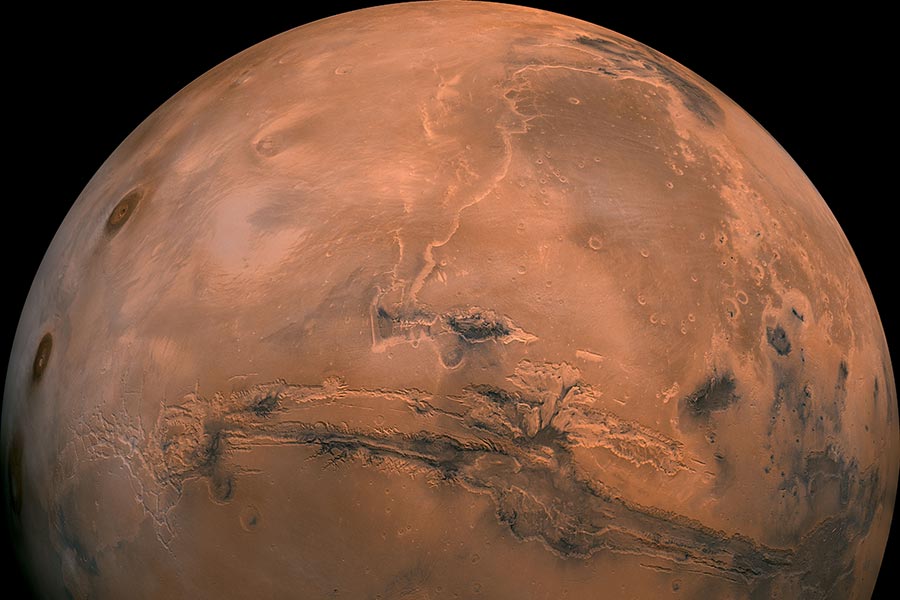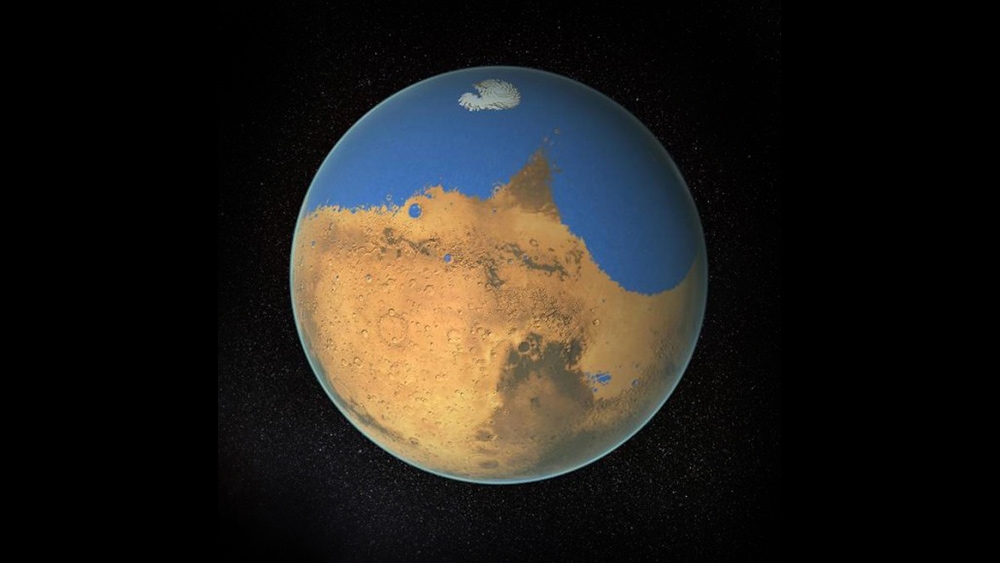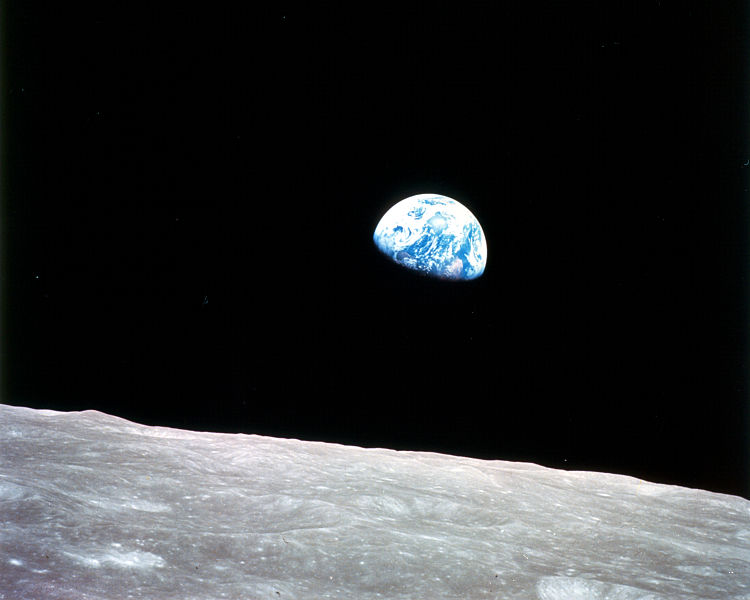Satellite images of Mars show valleys and trenches where ancient rivers once flowed
07/14/2019 / By Stephanie Diaz

Mars has always been a fascination ever since it was discovered. Modern technology is always at work in uncovering what can be learned from the Red Planet. New satellite images taken by the European Space Agency’s (ESA) Mars Express Satellite now help paint a clearer picture of Mars before it became the cold, dry world it’s kno wn today.
Images produced by ESA show that Mars had a watery past
These new satellite images showed vast systems of trenches and valleys which indicate that Mars once had intricate river systems with flowing water. Centuries of erosion could not hide the evidence; satellite imagery revealed a certain region on Mars that had ancient valleys hundreds of meters deep. The valleys form a branching pattern known as dendritic system, which is a drainage system characterized by having numerous channels.
Similar dendritic systems can be found on Earth. “A particularly good example is that of the Yarlung Tsangpo river, which snakes its way from its source in western Tibet down through China, India, and Bangladesh,” ESA explained.
“We see Mars as a cold, dry world, but plenty of evidence suggests that this was not always the case,” said ESA. “Research in past years instead increasingly indicates that the planet once had a thicker, denser atmosphere that was able to lock in far greater amounts of warmth, and therefore facilitate and support the flow of liquid water on the surface below.”
More facts about Mars
Mars is the fourth planet from the sun and is one of the rocky planets in the solar system. It is named after the mythological Roman god of war. It is often called the Red Planet because of the color of its surface. These are just some of the interesting facts about Mars. Learn more about the red planet below.
- Mars and Earth have a similar land mass: Mars is only 15 percent the volume and 10 percent the mass of Earth. However, even though Mars is a lot smaller than Earth, they share a very similar landmass because the Earth’s surface is 70 percent water.
- Only 16 Mars missions have been successful: Since 1960, 39 orbiters, landers, and rovers have been sent to Mars. However, only 16 of those missions were successful. In 2016, Europe started a program called Exobiology on Mars. This program was designed to look for possible life forms and study the terrain on Mars in preparation for a possible manned mission on the planet.
- Pieces of Mars can be found on Earth: Researchers found Martian debris believed to have arrived on Earth via meteorites originating in Mars. The debris was studied by scientists to discover more information about Mars in preparation for space missions.
- Mars is believed to have housed intelligent life: Italian astronomer Giovanni Schiaparelli found lines and grooves, called canali, on the surface of Mars. The astronomer suggested that these land features were brought by intelligent life. (Related: New evidence helps astronomers determine when life might have existed on Mars.)
- Mars has the tallest mountain out of all the planets: Olympus Mons is the highest mountain among the planets in the solar system. It is about 21 km (13 miles) high and 600 km (373 miles) wide. Evidence, such as volcanic lava, was found that led scientists to think that Olympus Mons is still active.
- Mars takes almost two Earth years to orbit the sun: It takes Mars 687 earth days to revolve around the sun.
- Mars has huge dust storms: The elongated elliptical orbit path of Mars causes powerful dust storms that cover the planet and last for months at a time.
Fore more news and stories about Mars and other planets, visit Cosmic.news.
Sources include:
Tagged Under: astronomy, breakthrough, cosmic, dendritic system, discoveries, ESA, future science, Mars, Mars Express Satellite, Mars missions, outer space, planets, real history, red planet, river systems, satellite imagery, satellite images, Space, space exploration, water on Mars
RECENT NEWS & ARTICLES
COPYRIGHT © 2017 REAL SCIENCE NEWS



















